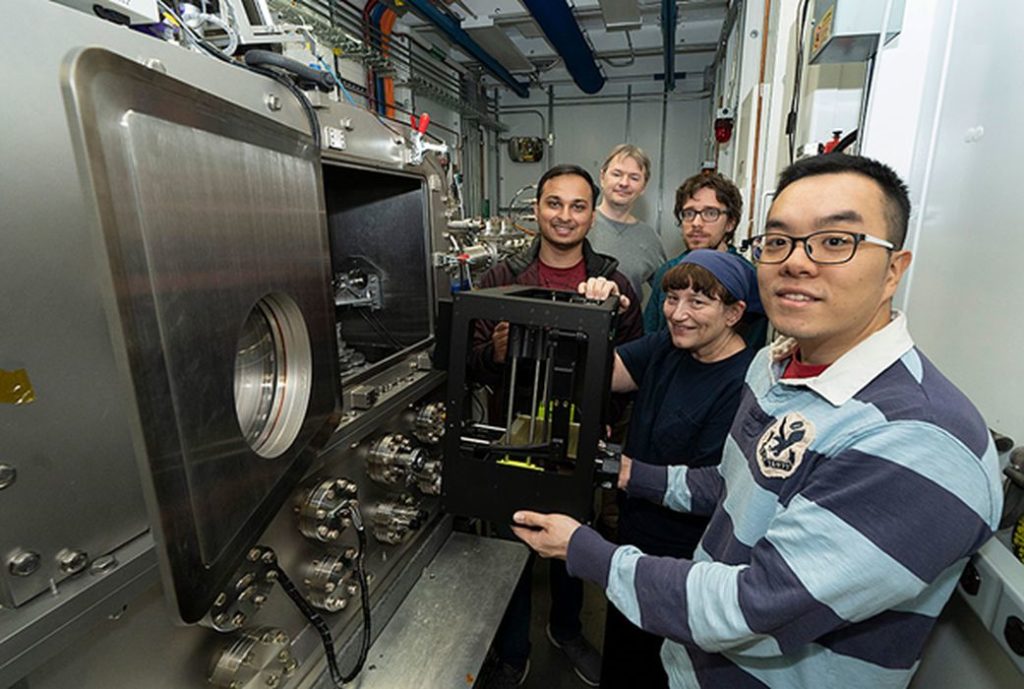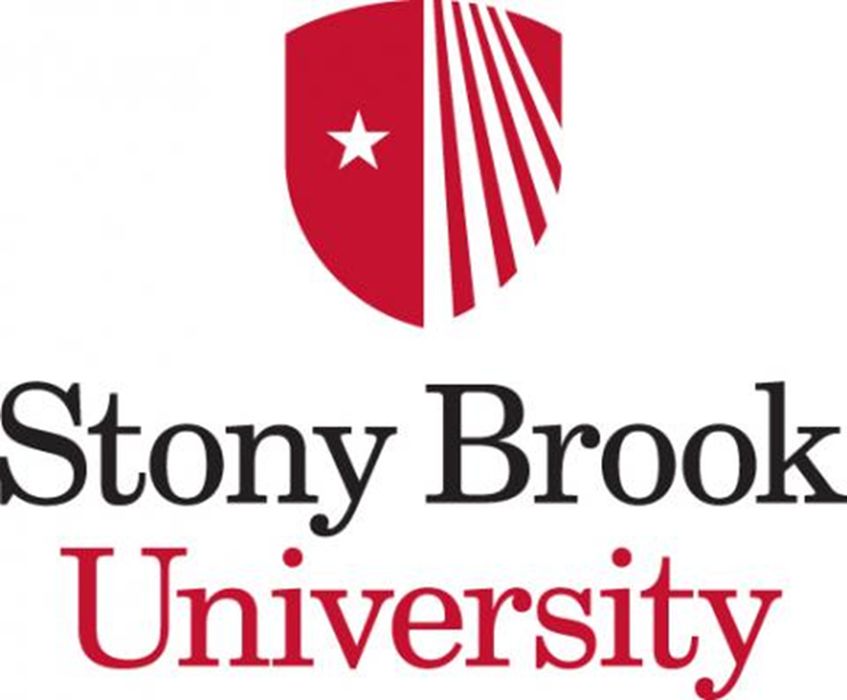
Charles R. Goulding and Warren Buzzell Jr. look at the contributions to 3D printing that are taking place at Stony Brook University.
Over the past few year, we have seen a significant increase in popularity surrounding 3D printing technologies.
As a result, colleges and universities have successfully integrated this technology through coursework, research and development, and recreational purposes. In addition, 3D printing is paving the way for rapid prototyping and gives innovators the ability to assess the feasibility and functionality of their designs quickly.
The State University of New York, Stony Brook University (SBU) is among the colleges and universities that have successfully implemented 3D printing technology for all students, staff, and faculty to use. SBU is the leading public research university in the greater NYC area, and a proud member of the SUNY system.
While currently consisting of 26,782 students, SBU has been ranked 23rd among public universities and 62nd overall in Forbes 2021 America’s Top College rankings. New York State governor Kathy Hochul announced that Stony Brook University was one of New York State’s flagship universities—providing vital leadership in the advancement of public higher education in New York. SBU takes pride in bolstering both creativity and innovation among students and faculty. It has done so through the creation of its iCREATE department and services provided. Our firm currently consists of five SBU graduates.
SBU’s iCREATE is a department within the Division of Information Technology that provides students and faculty with the tools for fostering creativity and innovation. The Innovation Lab is a space within the department that offers cutting-edge technology and a collaborative space for students and staff to work on educational and recreational projects.
iCREATE
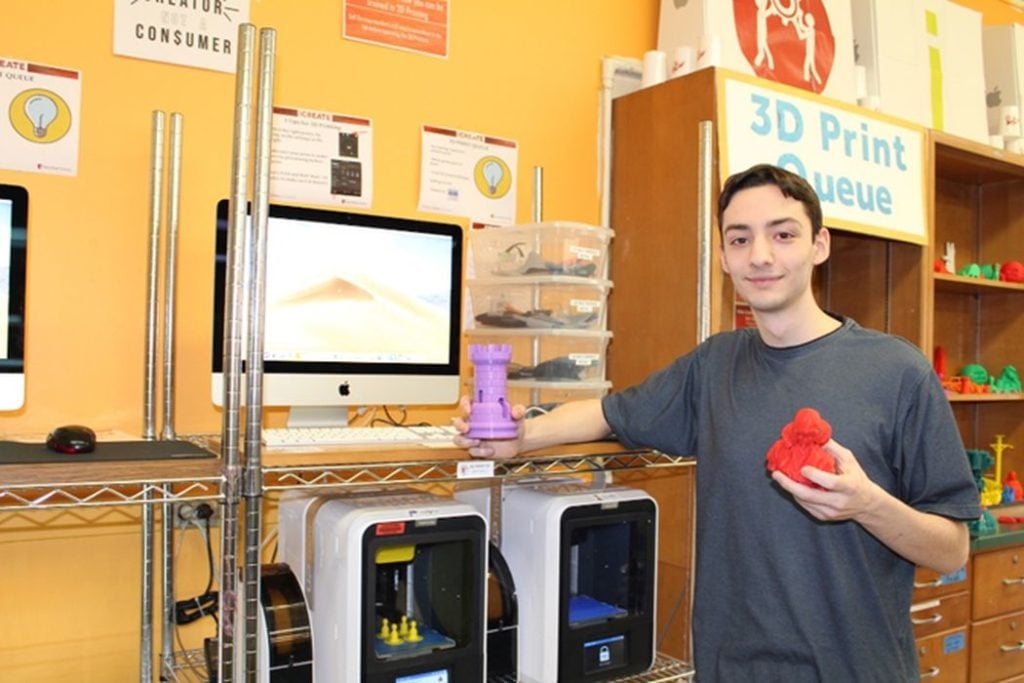
Innovation Lab
The Innovation lab provides both the training and resources necessary for students to adequately design models and 3D print tangible prototypes. The lab offers the option to self-service projects or to add the project to a print queue. The self-service option is available for students that want to set up and adjust the printers themselves. This option is typically used for smaller projects due to the time needed to process designs. The print queue is the alternative and is focused on much more complicated and bigger parts. It allows for parts with longer processing times to be run on bigger printers and receive more resources.
The lab currently has eight PLA 3D printers and one nylon 3D printer. The different 3D printers they have are the Ultimaker 3, Ultimaker 2+, Ultimaker Extended, Taz 5, and Taz 6. Both students and faculty can bring their computer-aided design (CAD) drawings to the lab to be processed within a few minutes to hours.
Solutions for Powered Air Purifying Respirators
Analogous to hospitals around the world, Stony Brook University Hospital (SBUH) has experienced many hardships due to COVID-19. The hospital’s Emergency Management Office predicted the possibility of a shortage of battery packs used in Powered Air Purifying Respirators (PAPR). Although the hospital currently possesses three different PAPR systems, they each utilize non-interchangeable hoods and batteries. This requires the hospital to purchase different components for each PAPR system.
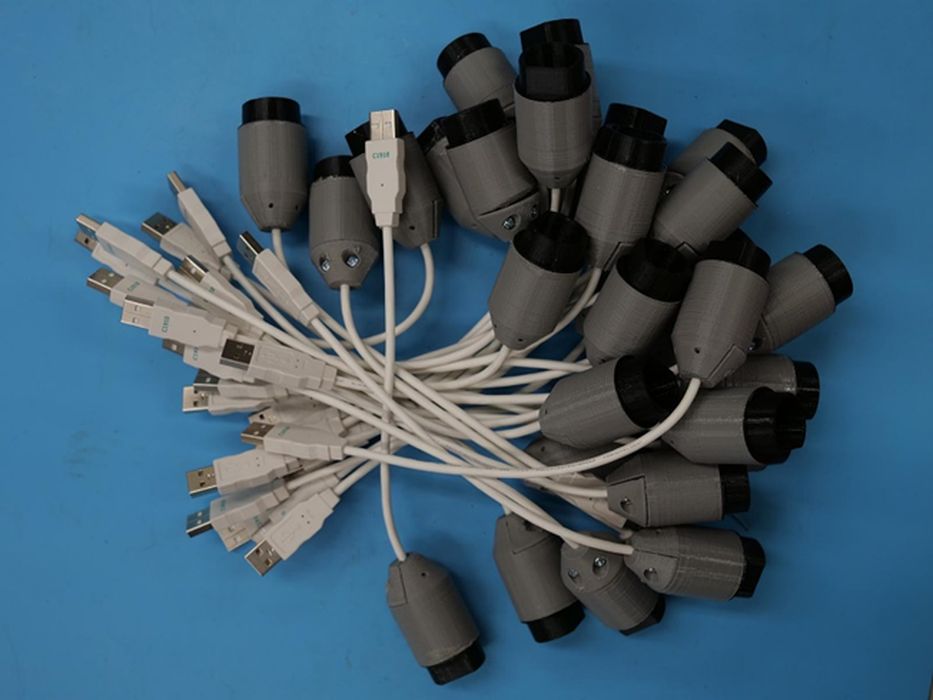
After engaging in discussion with the College of Engineering and Applied Sciences to identify possible alternatives, a diverse team of faculty and students from the Department of Electrical and Computer Engineering identified feasible solutions. The team utilized the Engineering Design Process to evaluate alternatives before beginning the project. After the appropriate design was developed, the team 3D printed and assembled 140 breathing hose adaptors for each of the three different PAPR systems. This allowed for the combination of different hoses and motors to be used, which was one solution to resolving the supply shortage issue by increasing interchangeability between the parts.
The team also found ways to improve the current system by redesigning the battery packs. The current battery system utilizes nickel-metal hydride battery packs, which are no longer readily available. After considering alternatives, the team incorporated C cell battery packs in a new design that incorporates a 5-volt switch-mode regulator circuit. They designed and developed unique 3D printed connectors housed in a water-resistant case. The team made quick use of 3D printing technology in their labs to rapidly manufacture components for the PAPR systems.
3D Printing Personal Protective Equipment
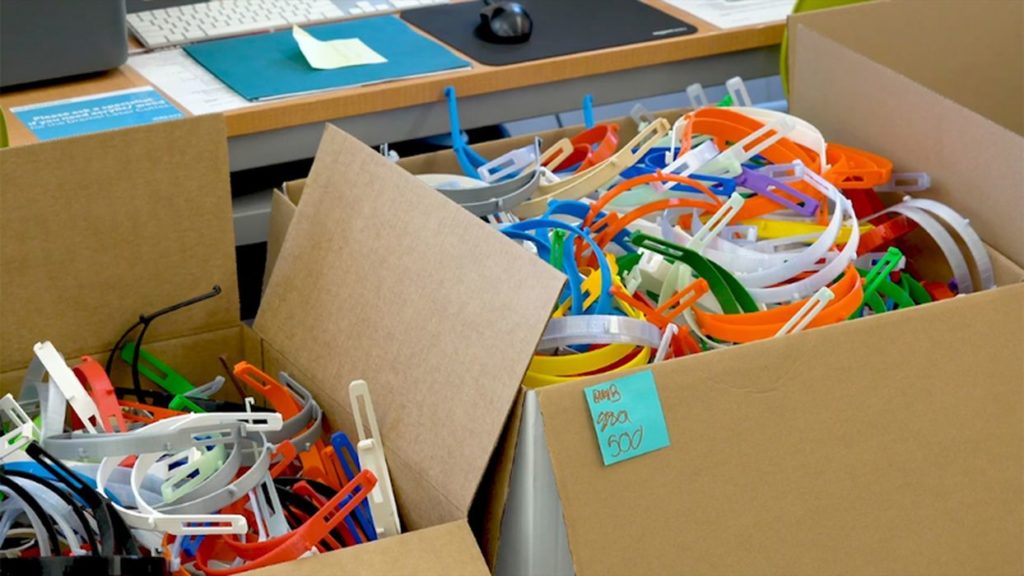
In addition to PAPR, personal protective equipment (PPE) was also experiencing shortages amidst the initial COVID-19 outbreak. To combat that, SBU’s iCREATE lab refocused its resources and began using its 3D printers to manufacture PPE face shields. SBUH personnel reviewed the face shields and validated that they were medically compliant before ramping up production.
The lab’s project team designed certain parts of the 3D printed face shields to be replaceable. This added improvement allows for a more sanitized product due to medical personnel now having the ability to change out certain parts. The team was able to successfully fulfill an order for 5,000 3D printed masks halfway through 2020.
American Chemical Society Award
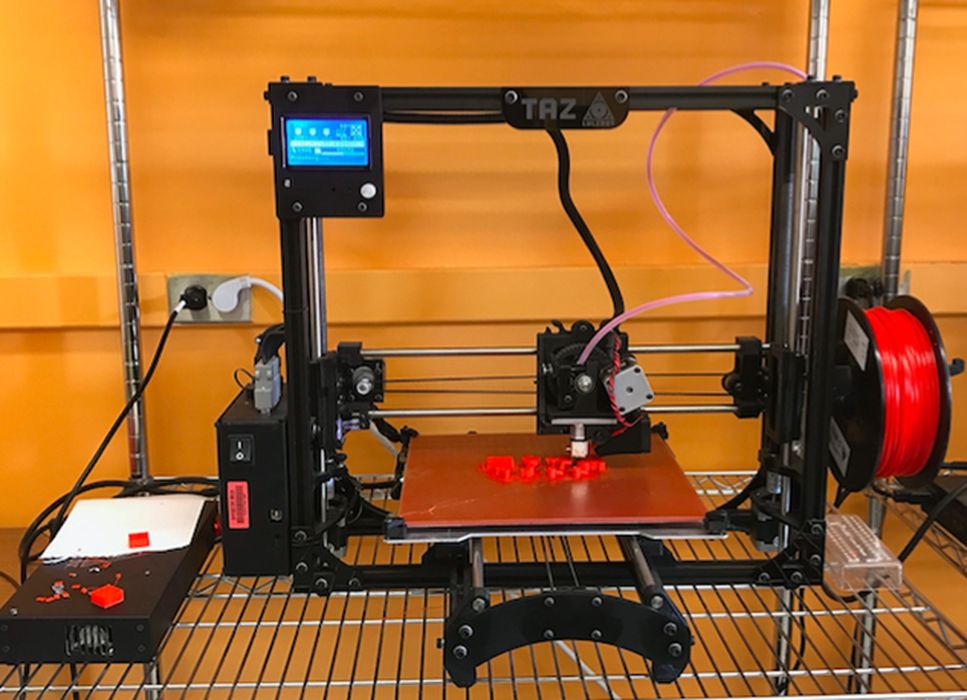
Alexander Orlov, a professor in SBU’s Material Science and Chemical Engineering Department, was awarded the 2017 ACS-CEI award. Orlov received this educational award due to his outstanding contribution to incorporating sustainability into Chemistry Education.
Orlov developed a novel educational model for students that incorporated 3D printing technology in graduate and undergraduate courses focused on sustainable materials. He translated sustainable design principles into 3D printed projects. Green chemistry and life cycle assessment approaches were utilized to validate their analysis. The students were encouraged to use tools and resources located in the University’s Innovation Lab to design and manufacture 3D parts for course assignments.
ChemCubed
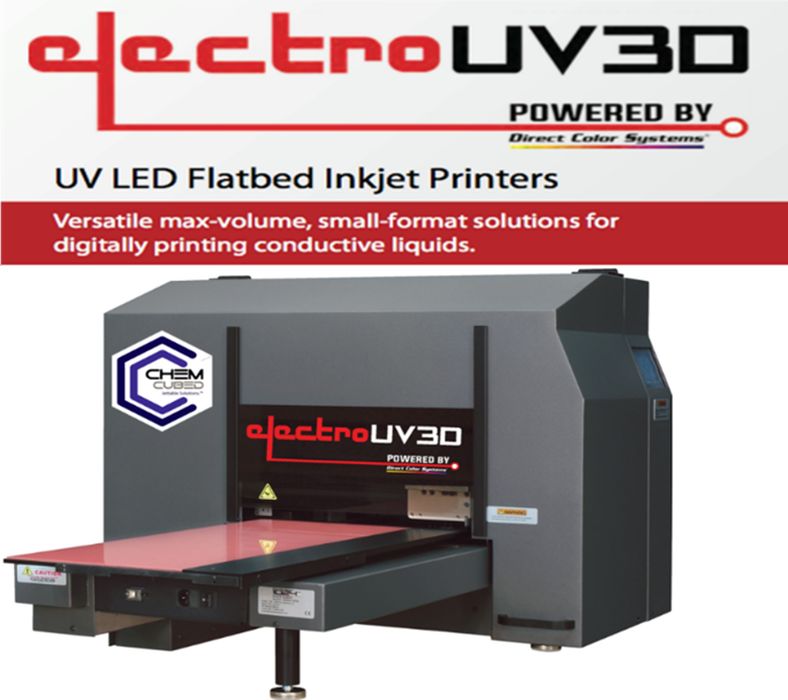
ChemCubed is sponsored by and located within SBU’s Advanced Energy Research and Technology Center (AERTC). ChemCubed is a research, development, and manufacturing company that produces nanocomposite material for the 3D printing industry.
ChemCubed develops and manufactures 3D printing solutions for printed electronics and nanocomposite materials for 3D printing. Their solution’s come in the form of Electrojet materials and NanoCubed materials.
Their designed Electrojet material substrate is used in 3D printing electronics. The material provides end-user benefits due to its’ conductive and insulative properties regarding UV curable and non-UV curable nanocomposite requirements.
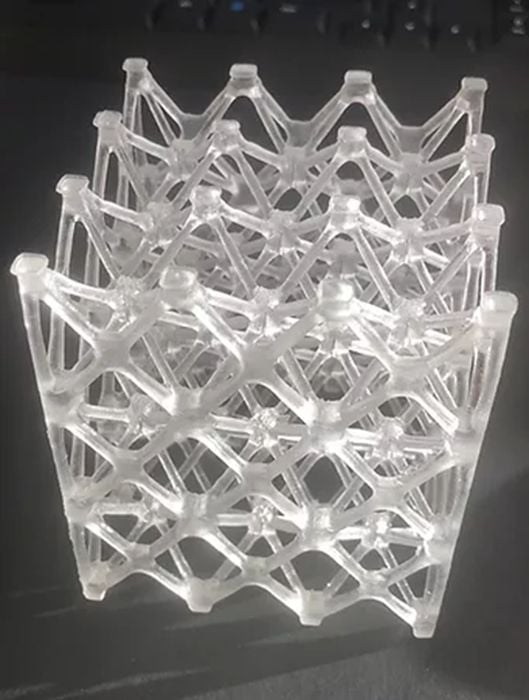
ChemCubed’s NanoCubed materials are designed with the intent to be utilized for more than just prototyping and visualizing concepts. NanoCubed materials’ physical and mechanical properties closely resemble that of common polymers used in 3D printing, thus encouraging implementation for end-use applications. Both NanoCubed rigid and flex series materials portray industry-leading performance in tensile, tear, flexibility, and other durability features. The material formulations are suitable for thermal resistance, chemical resistance, and supplementary features outside of mechanical performance.
Brookhaven National Laboratory Synchrotron Light Source II (NSLS-II)
Brookhaven National Laboratory is a multipurpose research laboratory that is partnered with and managed by SBU for the Department of Energy. A team of scientists utilized the laboratory’s Soft Matter Interfaces (SMI) beamline to examine the physical structure of the filament—down to several micrometers—while the machine was processing a part. The SMI beamline enabled the team to gather and analyze high-resolution spatial and morphological data from a 3D printed structure while the filament layers were being deposited. The data gathered can provide useful insight into the structure of the filaments, at an atomic level, and how we can optimize the process for higher quality parts.
The Research & Development Tax Credit
The now permanent Research and Development (R&D) Tax Credit is available for companies developing new or improved products, processes, and/or software.
3D printing can help boost a company’s R&D Tax Credits. Wages for technical employees creating, testing, and revising 3D printed prototypes can be included as a percentage of eligible time spent for the R&D Tax Credit. Similarly, when used as a method of improving a process, time spent integrating 3D printing hardware and software counts as an eligible activity. Lastly, when used for modeling and preproduction, the costs of filaments consumed during the development process may also be recovered.
Whether it is used for creating and testing prototypes or for final production, 3D printing is a great indicator that R&D Credit eligible activities are taking place. Companies implementing this technology at any point should consider taking advantage of R&D Tax Credits.
Conclusion
Applications for 3D printing technology are rapidly growing and the opportunity for more diverse utilization is on the rise. Stony Brook University is proof that by providing people the tools to foster innovation and creativity, we can see novel improvements and implementation surrounding 3D printing technology. Regardless of the obstacles, Stony Brook University takes pride in its incorporation of this technology for recreational, educational, research, and industrial purposes.

